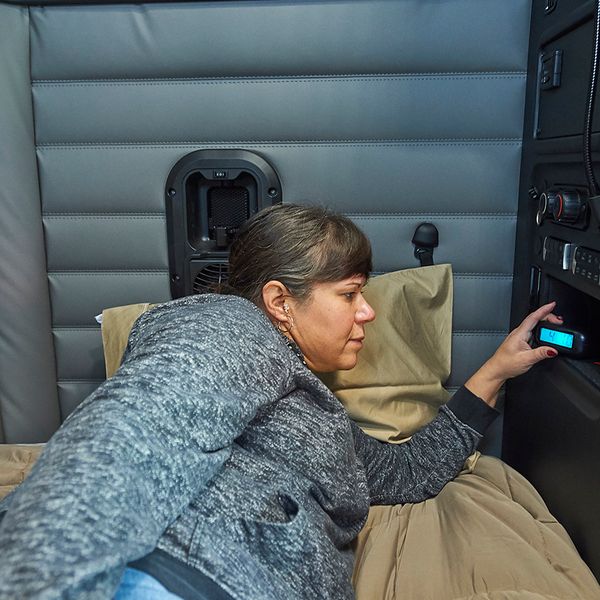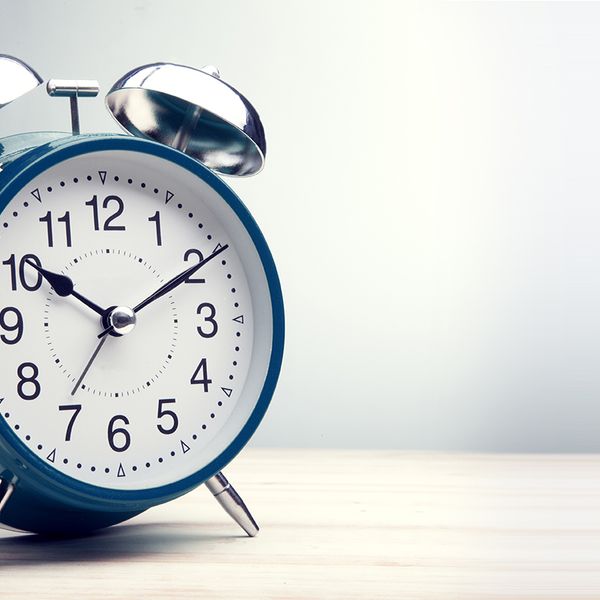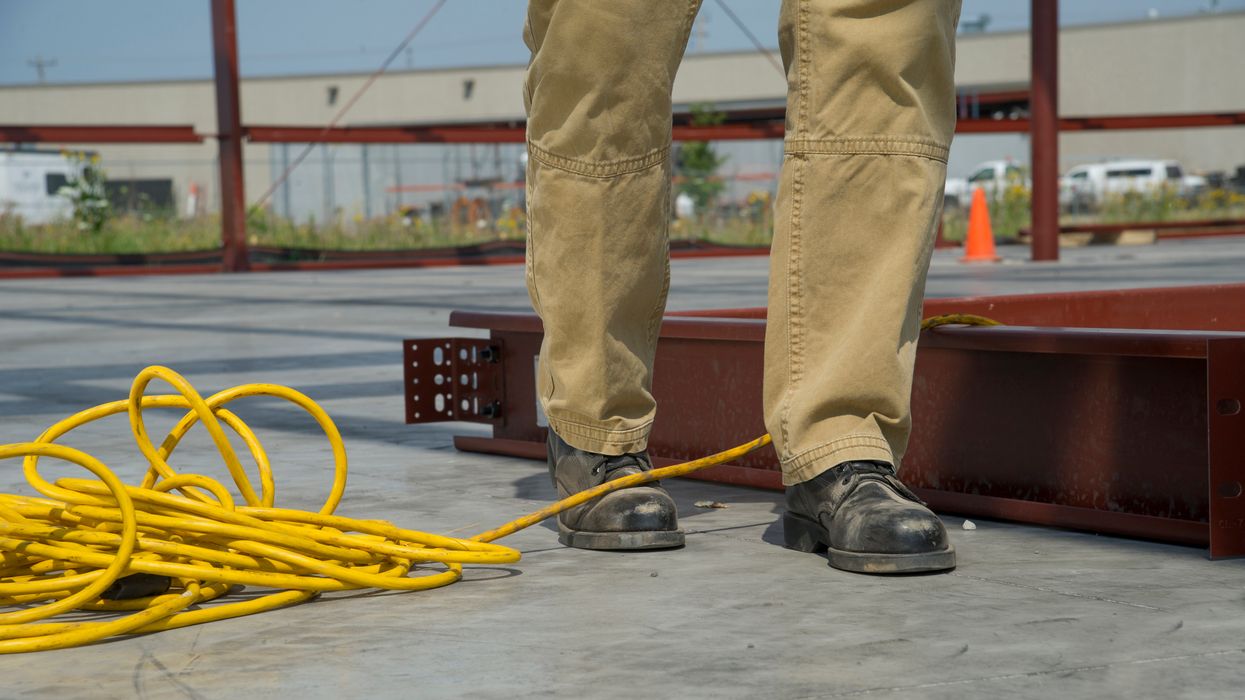With court case settled, HOS changes are solidified
The FMCSA has successfully fought off a challenge to the hours-of-service (HOS) changes that went into effect in September 2020.
Trucking safety groups had sued the agency over the rule changes, arguing they weren’t based on science. A federal appeals court disagreed, ruling that the FMCSA had enough justification to make the changes.
The ruling means the federal HOS rules in place today will remain in effect for the foreseeable future.
Four changes
The HOS changes were contentious because they relaxed four restrictions, allowing some truck drivers to extend their workdays and increase productivity:
- 30-minute breaks: This rule was changed to allow drivers to remain on duty during their 30-minute break, and to require a break only after 8 hours of driving rather than 8 consecutive hours. (395.3(a)(3))
- Short-haul exception: The 100 air-mile limit was increased to 150 air miles and the 12-consecutive-hour limit was increased to 14 hours, allowing more drivers to go without logs. (395.1(e)(1))
- Split-sleeper provision: Drivers with a sleeper berth were given more options for splitting their 10-hour breaks (a 7/3 split is now allowed), and can extend the 14-hour limit by the length of the first of those “split” breaks. (395.1(g)(1))
- Adverse conditions: This exception was revised to allow drivers to extend both their driving and on-duty limits by 2 hours (previously, only the driving limit could be extended). (395.1(b)(1)) It’s a good time to remind your drivers of the September 2020 changes and that their place in the regulation books has been solidified.
Note that state HOS rules may vary for drivers engaged in intrastate commerce.
Pausing the 14-hour clock
Perhaps the biggest benefit for most truck drivers was the change that allows a driver to pause the 14-hour clock, if the driver has access to a sleeper berth that complies with 49 CFR 393.76.
To pause the 14-hour clock:
- The driver must take a break of at least two consecutive hours sometime during the day, either off duty, in a sleeper berth, or using a combination of the two. This break will pause the clock if the remaining conditions are met.
- The time before and after the break cannot include any driving after the 11th hour of driving or after the 14th hour of time (but the break itself can be excluded from the 14-hour total).
- The driver must get another break of at least seven consecutive hours spent entirely in a sleeper berth sometime before or after the shorter break. Without this time in a sleeper berth, the shorter break won’t pause the clock.
- The two breaks together must add up to at least 10 hours (for example: 2+8, 3+7, 4+11, 2.5+7.5, etc.).
As soon as a driver completes the two mandatory breaks, the 11- and 14-hour limits can be recalculated starting at the end of the first break (all time spent before the first break no longer counts). Neither break counts toward the 14-hour limit, and any 10-hour break will reset the limit.
If there is any off-duty time connected to (consecutive with) either break, that time may also be excluded from the 14-hour calculation.

What if? In the accompanying image, what happens if the driver is stopped for an inspection between 2:00 p.m. and 5:00 p.m.? The officer should assume the driver will be getting at least seven hours in a sleeper berth later in the day and is compliant.
Key to remember: Drivers who have access to a sleeper berth may pause their 14-hour clock with a two-hour break if certain conditions are met.
Key to remember: A federal appeals court has ruled against a challenge to the hours-of-service rule changes that went into effect in September 2020, solidifying four key provisions.



















































